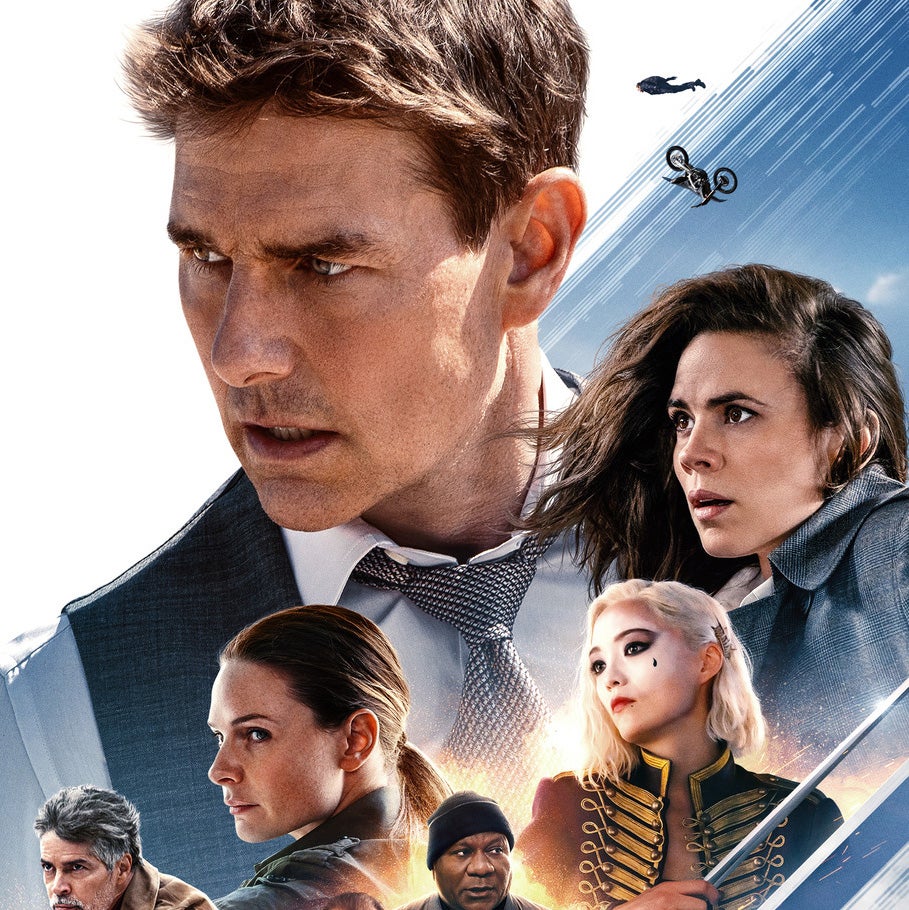Kangaroo Jack
Posted on January 11, 2003 at 8:24 pm
F+| Lowest Recommended Age: | Mature High Schooler |
| Profanity: | Strong for a PG |
| Nudity/ Sex: | Strong for a PG |
| Alcohol/ Drugs: | Drinking, comic drunk |
| Violence/ Scariness: | A lot of violence for a PG, including peril, guns, knives |
| Diversity Issues: | Sexist and homophobic jokes, most capable character is female, inter-racial close friends |
| Date Released to Theaters: | 2003 |
“Kangaroo Jack” is not just a very bad movie. It is a very bad movie that shows how inadequately the MPAA rating system handles the kinds of materials that are of concern to parents. This movie received a PG rating despite “humor” about topics that include masturbation, homosexuality, drinking and drunkenness, epilepsy, murder, grabbing a woman’s breasts, the famous case where a dingo (wild Australian dog) ate a baby, a hit ordered by a mob boss on his stepson, and the ever-popular camel flatulence.
Jerry O’Connell plays Charlie, the hairdresser stepson of Sal, a Brooklyn mob boss (Christopher Walken, slumming). His best friend is Louis (Anthony Anderson), who constantly wheedles him into all kinds of messes by reminding him of the time he saved Charlie’s life when they were both eight years old.
Charlie and Louis accidentally lead the police to a mob stash of stolen goods. Sal tells them that he would have them killed, but because of Charlie’s mother, he is giving them another chance. He sends them to Australia with $50,000 cash, to be delivered to “Mr. Smith.”
Charlie and Louis hit a kangaroo with their jeep, and, thinking it is dead, dress it up in Louis’ jacket to take pictures. But it hops away with the jacket – and the $50,000, which is in the pocket. The rest of the movie is about Charlie and Anthony chasing the kangaroo while they are being chased by Mr. Smith and the mob guys from back home.
It is impossible to imagine that the people associated with this movie have ever seen or even been children because there is so much that is either of no interest to children or likely to upset them. The reference to the 1980 Lindy Chamberlin murder case in which a mother said that a dingo took her baby is just one example. Today’s children will not have any idea what that refers to and the idea that a wild dog killed a baby may be very upsetting to them. There are a number of homophobic suggestions that Charlie is or might be seen as gay because he is a hairdresser, “jokes” that are inappropriate for any age but especially unsavory in a movie made for children. The same goes for the epilepsy “jokes” that arise out of an attempt by Louis to indicate how pretty a girl is by making odd sounds and gestures. And I do not think there are many kids – or parents – who will find it especially funny when the vocabulary-building mobster confuses the words “plethora” and “anathema.” The movie was originally filmed as a PG-13 or R but was reconfigured as a PG after test audiences said it was awful. It still is.
The action sequences are poorly staged, the jokes are staged even more poorly, the montages to rock music have no energy, and the acting ranges from mediocre to dreadful. Estella Warren, who plays the love interest, cannot act. The best performance is unquestionably that of the computer folks who designed the CGI kangaroo. Two positive notes are the long and and loyal inter-racial friendship and a strong, independent, brave, and capable woman.
Parents should know that the advertising campaign is seriously misleading in terms of the movie’s appropriateness for children. The ads suggest that the funny talking and rapping kangaroo is a large part of the movie, but as in last year’s “Snow Dogs,” it is a brief highlight that appears only in a fantasy sequence. As noted above, the movie has a great deal of material parents might consider inappropriate for children, including peril, violence and gunplay, a stepfather who orders his stepson killed, drinking to excess seen as impressive, drinking portrayed as a way to cope with problems, violence, potty humor, and a co-ed swim in underwear that leads to kissing. There is a sexist joke and the black character is portrayed in “sidekick” terms with no interest in having any kind of independent life or relationships. The “happy” ending is somewhat sour as the only character who had been doing something to contribute to improving the world appears to have abandoned that completely for a life of hedonistic pleasure.
Families who see this movie should talk about why Louis thought that the only reason Charlie stayed with him was because he saved Charlie’s life. Why does Charlie blame himself for his mother’s marrying Sal? What should Charlie have done differently?
Families who enjoy this movie will enjoy “Crocodile Dundee” (some mature material) and “Zebra in the Kitchen.”






